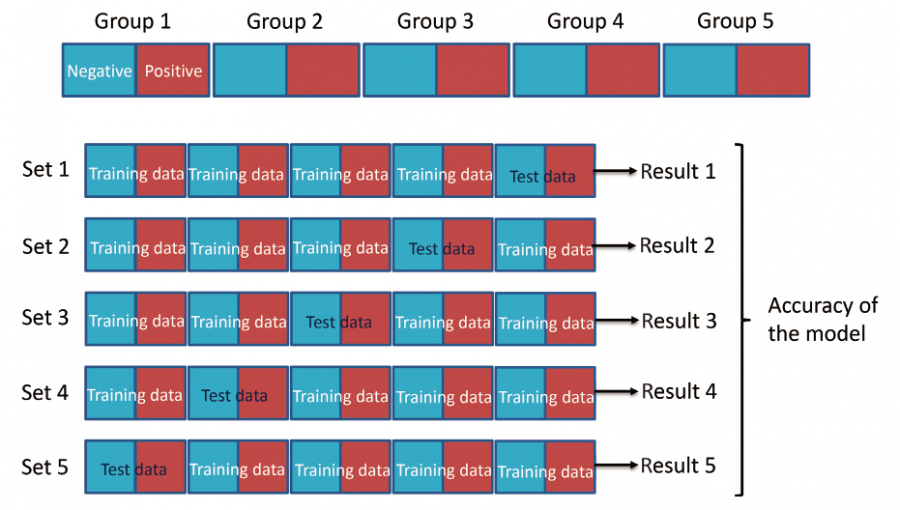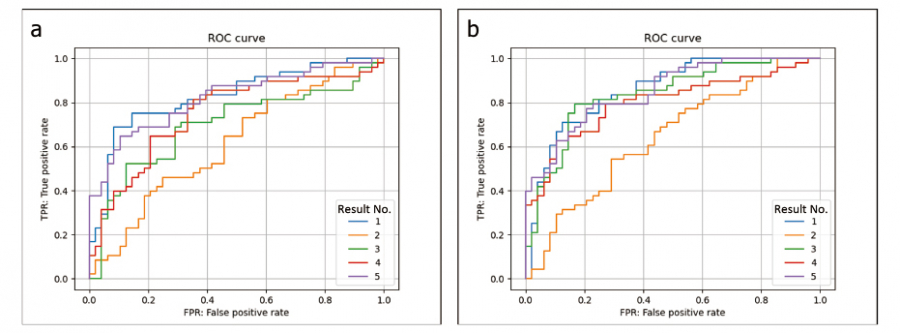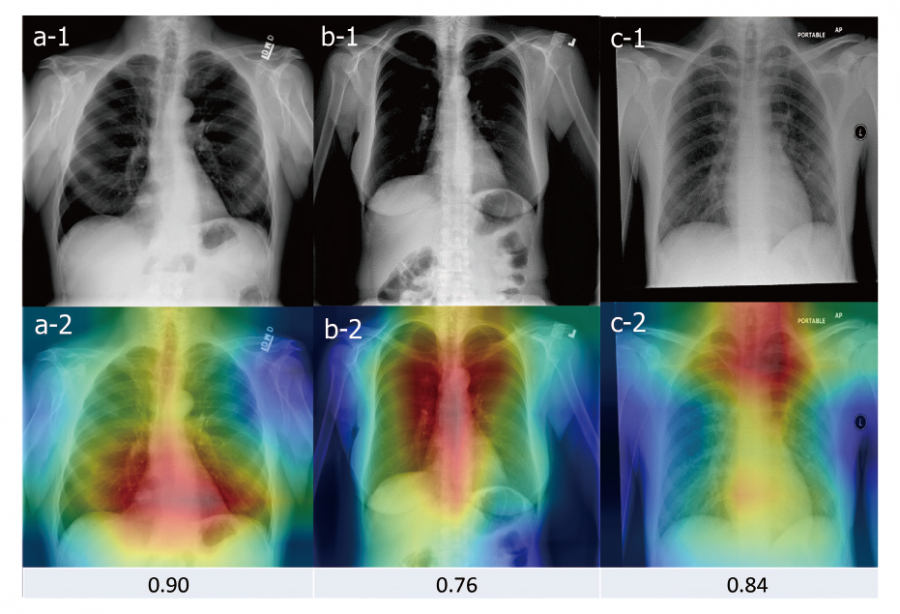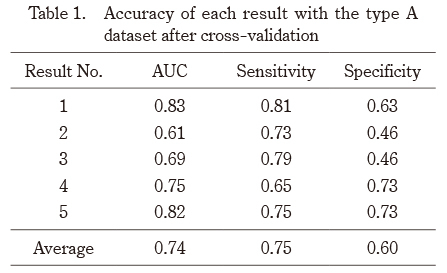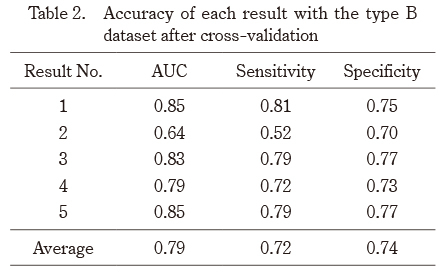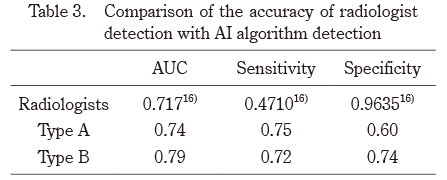1. Gulshan V, Peng L, Coram M, et al. Development and validation of a deep learning algorithm for detection of diabetic retinopathy in retinal fundus photographs. JAMA, 316:2402-2410, 2016.
2. Grewal M, Srivastava MM, Kumar P, Varadarajan S. RADNET:Radiologist level accuracy using deep learning for hemorrhage detection in CT scans. arXiv preprint, arXiv:1710.04934, 2017.
3. Howlader N, Noone AM, Krapcho M, et al. SEER Cancer Statistics Review, 1975-2010, National Cancer Institute. Bethesda, MD, https://seer.cancer.gov/archive/csr/1975_2010/. Accessed 14 June 2013.
4. Aberle DR, Adams AM, Berg CD, et al. The National Lung Screening Trial Research Team. Reduced lung-cancer mortality with low-dose computed tomographic screening. N Engl J Med, 365:395-409, 2011.
5. Horeweg N, Scholten ET, de Jong PA, et al. Detection of lung cancer through low-dose CT screening (NELSON):A prespecified analysis of screening test performance and interval cancers. Lancet Oncol, 15:1342-1350, 2014.
6. Greene R. Francis H. Williams, MD:Father of chest radiology in North America. Radiographics, 11:325-332, 1991.
7. Yoo H, Lee SH, Arru CD, et al. AI-based improvement in lung cancer detection on chest radiographs:Results of a multi-reader study in NLST dataset. Eur Radiol, 31:9664-9674, 2021.
8. van Beek EJ, Mirsadraee S, Murchison JT. Lung cancer screening:Computed tomography or chest radiographs? World J Radiol, 7:189-193, 2015.
9. Chen S, Han Y, Lin J, Zhao X, Kong P. Pulmonary nodule detection on chest radiographs using balanced convolutional neural network and classic candidate detection. Artif Intell Med, 107: 101881, 2020.
10. Liang CH, Liu YC, Wu MT, Garcia-Castro F, Alberich-Bayarri A, Wu FZ. Identifying pulmonary nodules or masses on chest radiography using deep learning:External validation and strategies to improve clinical practice. Clin Radiol, 75:38-45, 2020.
11. Rajpurkar P, Irvin J, Zhu K, et al. CheXNet: Radiologist-level pneumonia detection on chest X-rays with deep learning. arXiv preprint, arXiv:1711.05225, 2017.
12. Deng J, Dong W, Socher R, Li LJ, Fei-Fei L. ImageNet:A large-scale hierarchical image database. In:Computer Vision and Pattern Recognition, 248-255, 2009.
13. Wang X, Peng Y, Lu L, Lu Z, Bagheri M, Summers RM. ChestX-ray8:Hospital-scale chest x-ray database and benchmarks on weakly-supervised classification and localization of common thorax diseases. arXiv preprint, arXiv:1705.02315, 2017.
14. Yao L, Poblenz E, Dagunts D, Covington B, Bernard D, Lyman K. Learning to diagnose from scratch by exploiting dependencies among labels. arXiv preprint, arXiv:1710.10501, 2017.
15. https://eirl.ai/eirl-chest_nodule/
16. Zhou B, Khosla A, Lapedriza A, Oliva A, Torralba A. Learning deep features for discriminative localization. In:Proceedings of the IEEE Conference on Computer Vision and Pattern Recognition, 2021-2929, 2016.
17. Gavelli G, Giampalma E. Sensitivity and specificity of chest X-ray screening for lung cancer: Review article. Cancer, 89:2453-2456, 2000.
18. Quekel LG, Kessels AG, Goei R, van Engelshoven JM. Miss rate of lung cancer on the chest radiograph in clinical practice. Chest, 115:720-724, 1999.
19. Manser R, Lethaby A, Irving LB, et al. Screening for lung cancer. Cochrane Database Syst Rev, 2013:CD001991, 2013.
20. Aberle DR, Adams AM, Berg CD, et al.; The National Lung Screening Trial Research Team. Reduced lung-cancer mortality with low-dose computed tomographic screening. N Eng J Med, 365:395-409, 2011.
21. Abramoff MD, Lavin PT, Birch M, Shah N, Folk JC. Pivotal trial of an autonomous AI-based diagnostic system for detection of diabetic retinopathy in primary care officers. NPJ Digit Med, 1:39, 2018.

